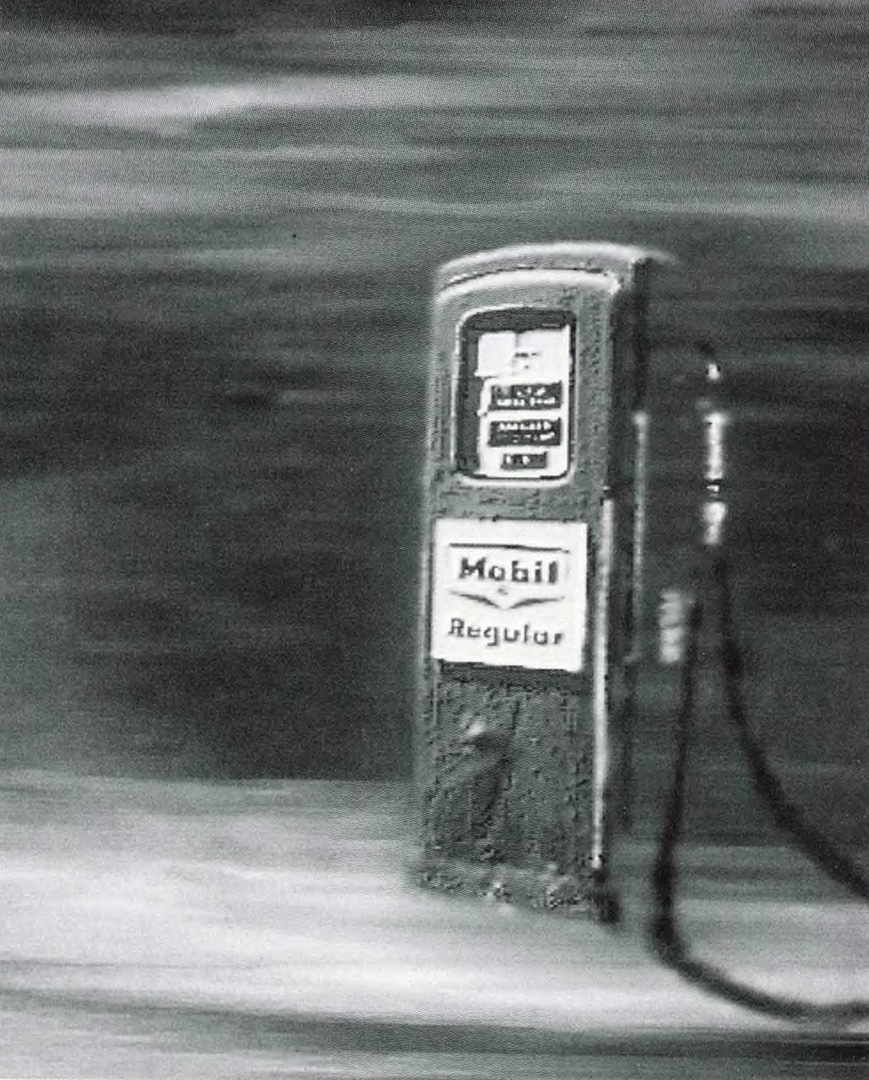“Digital Dilemmas” by Binkley
Conference:
Type(s):
Title:
- Digital Dilemmas
Presenter(s)/Author(s):
Abstract:
Computer imagery is fraught with divers conundrums and paradoxes associated with the fact that it is both abstract and concrete. It confounds familiar ways of understanding appearance and reality. We can begin to resolve the perplexity by using the idea of recursion to contrast digital imaging with picturing. It is particularly useful to explore the concept of an interface and to study its role in the imaging system. Digital images cannot be understood outside the context of the complete interactive system in which they occur.
References:
Heinz Pagels, The Dreams of Reason: The Computer and the Rise of the Sciences of Complexity (New York: Simon & Schuster, 1988) p. 316.
David A. Ross and David Em, The Art of David Em: One Hundred Computer Paintings (New York: Abrams, 1988).
For example, Donna Cox, “The Tao of Postmodernism: Computer Art, Scientific Visualization and Other Paradoxes,” Leonardo Supplemental Issue, Computer Art in Context: SIGGRAPH ’89 Art Show Catalog (1989) pp. 7-12.
See my articles “The Computer Is Not A Medium,” Philosophic Exchange (Fall/Winter 1988-89); and “The Wizard of Ethereal Pictures and Virtual Places,” Leonardo Supplemental Issue, Computer Art in Context: SIGGRAPH ’89 Art Show Catalog (1989) pp. 13-20.
I.e. that it cannot be expressed in the form a/b where a and b are integers and b is not 0. Pythagoras is attributed with having discovered the first such proof.
Similarly, when the character of Alan Turing slips into mathematical reverie in the middle of the play Breaking the Code by Moelwyn Merchant, he is not doing some kind of second-rate literary mathematics. His arguments can be subjected to the same scrutiny as if they were presented in the journal Mind.
For a recent expression of this popular view, see Roger Penrose, The Emperor’s New Mind (Oxford: Oxford University Press, 1989).
Although there is a difference. A picture of a token is a token of the same number as the one represented by the token pictured. But a picture of a picture is not usually a picture of the same things; maybe it cannot depict the same things. The photographs of Sherry Levine pose an apropos quandary.
Nelson Goodman claims that ‘picture of’ is a non-relational description, so that when we call something a ‘picture of Pickwick,’ we are merely describing features of the picture and not a relationship it has to something else, namely Pickwick. See his Languages of Art (Indianapolis, IN: Hackett, 1976). Goodman’s analysis is, at least in part, an effort to account for pictures of imaginary things. I am presupposing in what follows that this explanation will not suffice for at least some cases of ‘picturing.’ It seems to me useful to treat picturing as a relational function in attempting to explain pictures of pictures, especially when they occur in a feedback loop as they do in the video. Maybe we will just have to live with the idea that we can make pictures of imaginary things. It seems to happen all the time when a computer is used to model and animate objects.
See Bertrand Russell, The Principles of Mathematics (Cambridge, U.K.: Cambridge Univ. Press, 1903).
The distinction between object space and image space is a standard one in technical discussions of graphics software. See James Foley and Andries VanDam, Fundamentals of Interactive Computer Graphics (Reading, MA: Addison Wesley, 1982).
The Mandelbrot set, a geometrical object defined in the complex plane, has received a great deal of attention recently from artists as well as scientists. It is usually displayed through a sequence of images depicting its self-similar shapes over an extensive range of scale. See, for example, H. O. Peitgen and P. H. Richter, The Beauty of Fractals (New York: Springer-Verlag, 1986).
See Immanuel Kant, Critique of Pure Reason (Kritikder Reinen Vernunft) (Riga: Hartknoch, 1781).
The first statement in the Tao Te Ching by Lao Tzu.
Ludwig Wittgenstein, Tractatus Logico-Philosophicus (London: Routledge & Kegan Paul, 1961).
Alvy Ray Smith is reported to have said “Reality is merely a conventional measure of complexity. If we can simulate reality then we’re getting images of a sufficiently pleasing complexity.” Quoted in Fred Ritchin, “Photography’s New Bag of Tricks,” New York Times Magazine (4 November 1984) p. 55. See also Timothy Druckery, “L’Amour Faux,” Digital Photography, catalog for the show organized by SF Camerawork (San Francisco: SF Camerawork, 1988).
This research beginning to bear fruit in the form of relatively inexpensive and accessible systems, including a glove peripheral for intendo machines. It is understandably receiving much attention in the popular press. See, for example, Steve Ditlea, “Inside Artificial Reality, PC/Computing (November 1989). Myron Krueger was an early pioneer in developing this technology and understanding its potential. See M. Krueger, Artificial Reality (Reading, MA: Addison-Wesley, 1983).
Pagels [1] p. 15.





